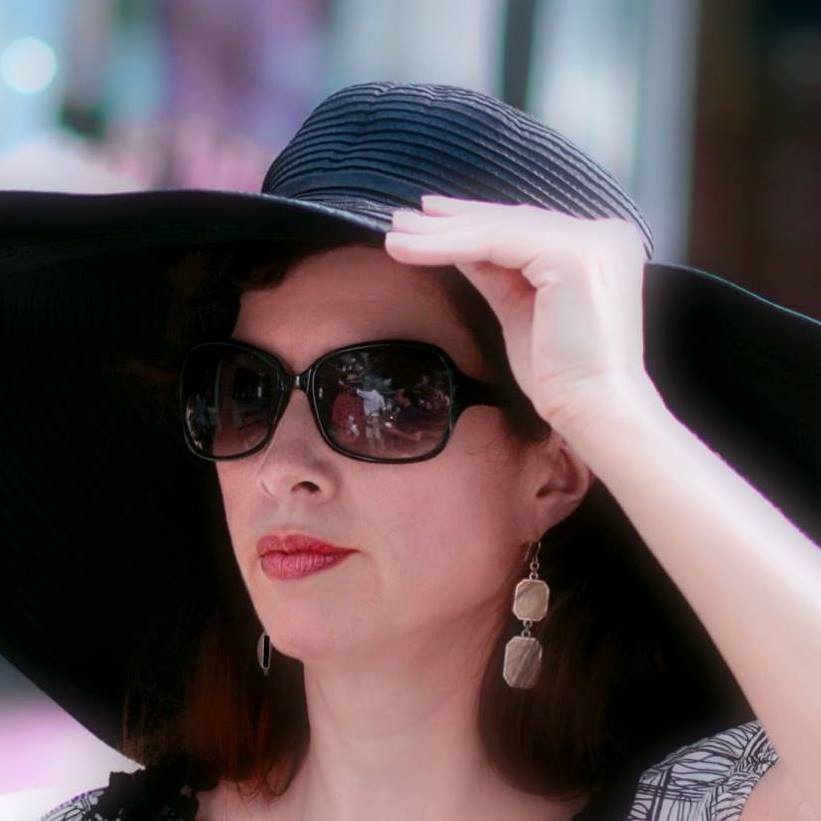You’ve seen them. They’ve got Anthony and Opie’s smug visages plastered on them. They’re cylindrical monsters gobbling up the tiny wedges of concrete we call sidewalks in Dallas. And they’re coming to a sidewalk near you.
The advertising kiosk fiasco started last fall, when the council was asked to approve a contract with CBS that would let them put advertising kiosks up in our city for 20 years, paying the city a total of $22M over that time. I objected to the program at a committee briefing and at the subsequent council meeting, arguing that our sidewalks are already cluttered with light poles and traffic signals, signs and sandwich boards. We didn’t need yet another obstruction. I asked for a two-week delay to address those concerns.
At the following council meeting, I raised my concerns again and was assured that the kiosks would have “7 foot of clearance.” To me, that meant there would be 7 feet of space left on the sidewalk after the kiosk was in place. That sounded reasonable, because that meant that the kiosks couldn’t go on the itsy bitsy sidewalks in most of Dallas, but only on wide sidewalks – downtown, primarily — that could accommodate a kiosk plus have 7 more feet left over.
When I saw the first kiosks going up in the middle of a six-foot sidewalk with no 7-foot clearance, I contacted city staff and was told that there was no 7-foot rule. What??! I pulled the tape of the council meeting to make sure I didn’t mis-hear something. Nope. I had been assured there was “7 feet of clearance.” When I asked city staff about this, I was told I had been given the wrong information at the council meeting, and there was no 7-foot rule in the contract.
The Mayor has requested a briefing for the city council on October 4 to explain the kiosk program and discuss our options. Our contract with CBS allows the city to get out of the contract with no penalty, other than paying back any money that has already been paid by CBS. I will be pushing for us to get out of this contract immediately and remove all of the kiosks.
We don’t need these kiosks. They are ugly billboards cluttering our sidewalks. We’re trying so hard to become an urban, pedestrian-friendly city. To allow this visual clutter to be placed in areas already lacking in sidewalks was a bad decision that needs to be undone.
So what do these kiosks have to do with “cameras and casinos”? Easy money. The pattern I see is that when the city sees fast cash waved before its eyes, it jumps on it like a drowning man struggling for a life preserver.
Red-light cameras: easy money. But is the technology proven to save lives and improve public safety, like it says on the box? The studies I’ve seen contradict these claims, but we nonetheless moved forward with a contract for the cameras, despite my “no” vote. The city will install the cameras at 60 intersections, bringing in an estimated $8M. (I was successful in getting staff to undertake a one-year comparative review of the program assessing accident types and severity, pre- and post-camera.)
Casinos in Reunion Arena: easy money. But what about the studies that show that tax windfalls from casinos rarely meet proponents optimistic projections? And that crime and poverty increase when casinos come to town? And that the “revenue” casinos bring in doesn’t offset these costs?
I could be wrong on both of these issues. Red-light cameras may end up saving lives and casinos may be fun, family-friendly revenue-generators that put Dallas on the map.
I’m just proposing that every time “easy money” is waved in front of us at City Hall, that we don’t become so hypnotized that we’re willing to sell out our city for a few lousy bucks, at the expense of the long-term welfare of Dallas.
